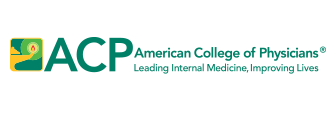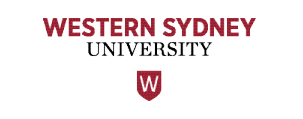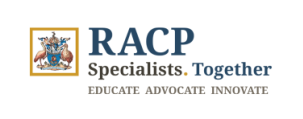Curious Kids: How does my tummy turn food into poo?
The following article, authored by Dr Vincent Ho, School of Medicine Western Sydney University, was originally published with full links on The Conversation.
Curious Kids is a series for children. If you have a question you’d like an expert to answer, send it to curiouskids@theconversation.edu.au You might also like the podcast Imagine This, a co-production between ABC KIDS listen and The Conversation, based on Curious Kids.
How does my tummy turn the food I eat into poo? – Luke, age 4.
Hi Luke. What a terrific question! The story of how your food ends up as poo is an amazing one.
The food that you eat is broken into small pieces by chewing and mashing it in your mouth. You make a little food ball with the help of your tongue.
Your body has a cool trick to get the food ball down to your tummy and not into your lungs. Just behind the tongue is a little gate called the epiglottis. It closes to stop food going down the wrong way and accidentally getting into your breathing pipe. If you have ever accidentally had some food or water go down the wrong way, you’ll know it makes you cough a lot.
When you swallow, the food ball is pushed back down to the start of a food tunnel called the oesophagus that leads to your stomach.
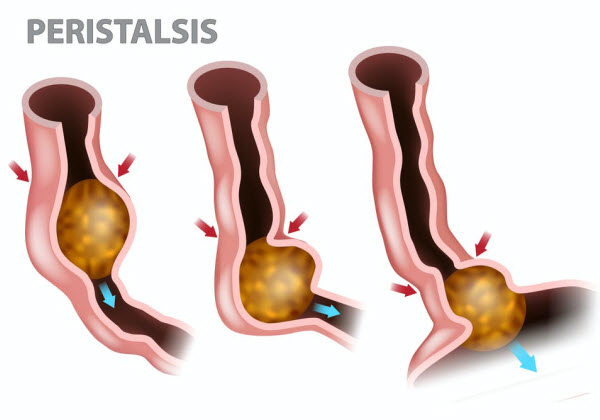
Getting food from your mouth to your stomach and beyond
Starting in the oesophagus (that food tunnel in your neck) an amazing action called peristalsis takes place. Peristalsis happens with the help of walls inside your gut. It gives your body the strength to send the food ball from the food tunnel to the stomach and all the way down to your bum.
The stomach is a J-shaped moving box full of stomach juices. When you start eating, the lower part of your stomach starts moving and mixing.
Did you know your stomach gets bigger when the food ball arrives? Your stretched stomach makes juices that can help to break the food ball into even tinier pieces no more than 3mm. That’s even smaller than your pinky nail!
Read more: Health Check: do we really need to take 10,000 steps a day?
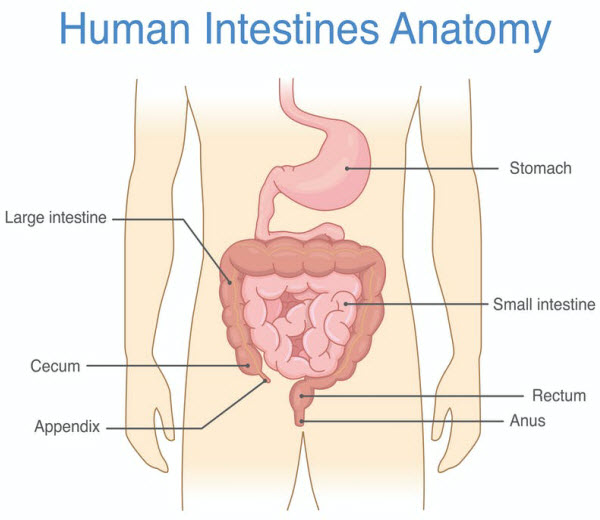
A little help from your liver and pancreas
This mish-mash of small food pieces and stomach juices will now enter the very long windy tube known as the small intestine, which is labelled on this picture:
Now, two friends will start to help digest the food – a flat, pear-shaped thing called the pancreas and the liver. The pancreas makes juices of its own to break the food down and make it even smooshier. And the liver (among other things) makes bile.
Bile is a yellow-green, thick, sticky juice that acts like washing powder. It helps break big chunks of fat from oily foods into little pieces. The small intestine also has juices that help turn food such as bread into energy.
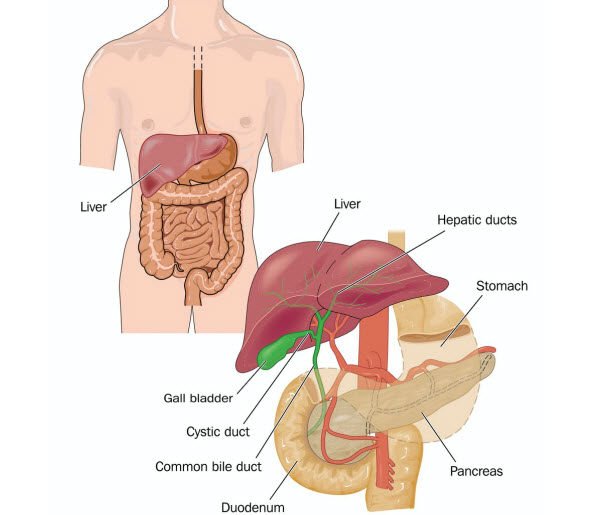
This smooth mush mixed with little fat pieces and energy can move from the small intestine into your blood. This part is called absorption and means that healthy things can get to different parts of the body where they are needed. The small intestine absorbs important parts of the food, such as iron, that help your body stay healthy.
Any food that is not taken in by the small intestine enters the large intestine (which we call the colon).
In the colon, a lot of water is taken away from the food, which makes it dry and hard. Many tiny bugs and germs live in the colon (that is normal and healthy, by the way). These germs also eat some of the food, and when they do, they produce gas. This is the gas that comes out when you fart.
The dry and hard food that cannot be used by your body now becomes waste. It is kept in the last part of the colon (known as the rectum) and is ready to leave the body when you do a poo.
And don’t forget to wash your hands!
Read more: Health Check: when should you throw away leftovers?

